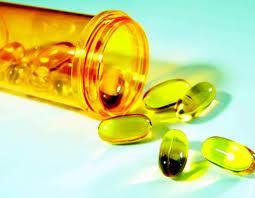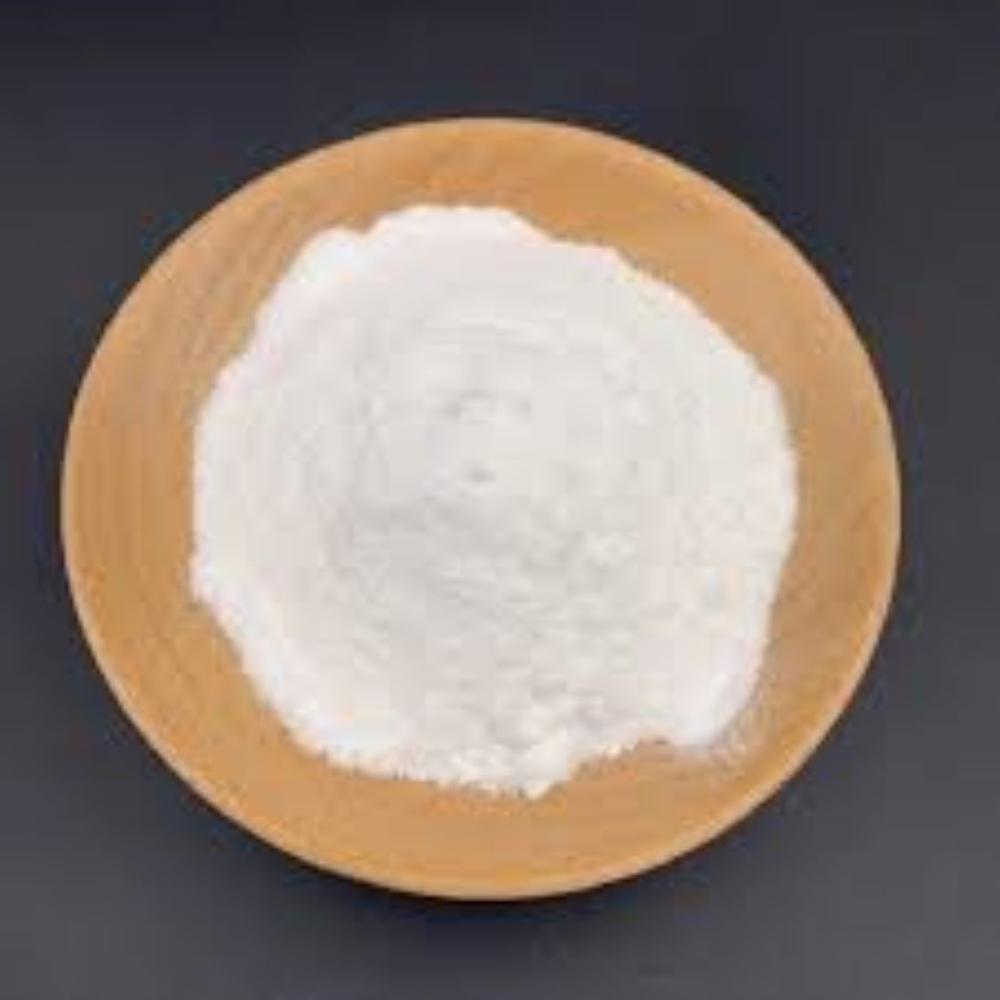Glucosamine Sulphate
Product Details:
- Shelf Life 3 Years
- Ph Level 4.5 to 5.5
- Smell No Smell
- Solubility Easily soluble in water
- Loss on Drying less than 5%
- Particle Size 100 to 500 microns ( m)
- Storage Room Temperature
- Click to View more
Glucosamine Sulphate Price And Quantity
- 25 Kilograms
- 600.0 INR/Kilograms
Glucosamine Sulphate Product Specifications
- 2932.99.90
- Odorless
- Medicine Grade
- Powder
- 275.27 Grams (g)
- Typically 98%
- Pharmaceutical Intermediates
- 253-404-6
- ~150 C
- 38899-05-7
- Osteo Bi-Flex
- White to off-white Crystalline powder
- C H NO H SO
- Room Temperature
- 2-Amino-2-deoxy-D-glucose sulfate
- less than 5%
- 4.5 to 5.5
- 3 Years
- 100 to 500 microns ( m)
- No Smell
- Easily soluble in water
- Glucosamine sulfate is primarily used for: Medical Uses: Osteoarthritis (OA) Especially of the knee, hip, or spine. It may help reduce joint pain, stiffness, and swelling. Commonly used as a symptom-relieving agent and to slow cartilage breakdown. Joint Health Support Used as a dietary supplement to promote long-term joint function and comfort. Rheumatoid arthritis (less common use) Sometimes taken alongside standard treatments, though evidence is limited. How It Works: Glucosamine is a naturally occurring amino sugar in the body, important for building: Cartilage Tendons Ligaments Synovial fluid
Glucosamine Sulphate Trade Information
- mumbai
- Cash Against Delivery (CAD), Days after Acceptance (DA), Letter of Credit at Sight (Sight L/C), Letter of Credit (L/C)
- 1000 Kilograms Per Day
- 7 Days
- No
- Free samples are available
- drum or bag packing
- South America, Eastern Europe, Western Europe, Middle East, Asia, Australia, Central America, North America, Africa
- WE PROVIDES ALL KIND OF CERTIFICATIONS AS YOU REQUIRED
Product Description
Cartilage is built and repaired with glucosamine. Supplements containing glucosamine are often taken to boost joint health. Natural sugars, such as glucosamine, exist in the fluid that surrounds joints, in animal bones, shellfish, bone marrow, and fungi.
Introduction of product:
Glucosamine is usually taken in combination with chondroitin sulfate and glucosamine HCl. Glucosamine potassium sulfate and glucosamine sodium sulfate are also available. Glucosamine has been identified as an effective ingredient in stimulating synovial fluid synthesis, inhibiting cartilage degradation, and improving healing.
How does it work:
Glucosamine is a naturally occurring substance in the body. You use it to make glycosaminoglycans and glycoproteins, which are essential building blocks for many joints, such as ligaments, cartilage, tendons, and synovial fluid.
Applications Or where it is used:
Glucosamine sulfate comes as an oral drug that helps treat osteoarthritis, a painful condition caused by inflammation, breakdown, and eventual loss of cartilage.
Manufacturing process:
You can prepare glucosamine by hydrolyzing chitosan with amylase followed by glucoamylase. The optimal conditions with amylase include:
- Reaction time: 4 h
- pH: 5.0
- Temperature: 50 C
- amylase: 80 U/g
How to use:
Glucosamine builds and repairs cartilage in the body. Flexible, tough, rubbery cartilage protects the bones in joints. It protects the bones from rubbing against one another. When cartilage ages, it becomes less flexible and begins to deteriorate. A result of this is pain, inflammation, and tissue damage, as in osteoarthritis, for example. There are some indications that glucosamine might benefit cartilage health and halt this process. The body naturally produces glucosamine, though levels decline as we age. Eventually, this reduction could lead to joint degeneration
Dosage of usage:
BY MOUTH: For osteoarthritis: A dose of 1500 mg glucosamine sulfate once daily, or 500 mg three times daily, alone, or in combination with 400 mg of chondroitin sulfate two or three times daily, can be used for a period of up to three years.
Side effects:
Mild side effects:
- Nausea
- Heartburn
- Diarrhea
- Constipation
Uncommon side effects:
- Drowsiness
- Skin reactions
- Headache
Warnings and precautions while using this product
As a result of a lack of data, glucosamine should not be given to pregnant women, breastfeeding mothers, or children. People who have active bleeding or who are going to undergo surgery or dental procedures should also avoid taking glucosamine.

Price:
- 50
- 100
- 200
- 250
- 500
- 1000+











 : nilesh.sheth70
: nilesh.sheth70
